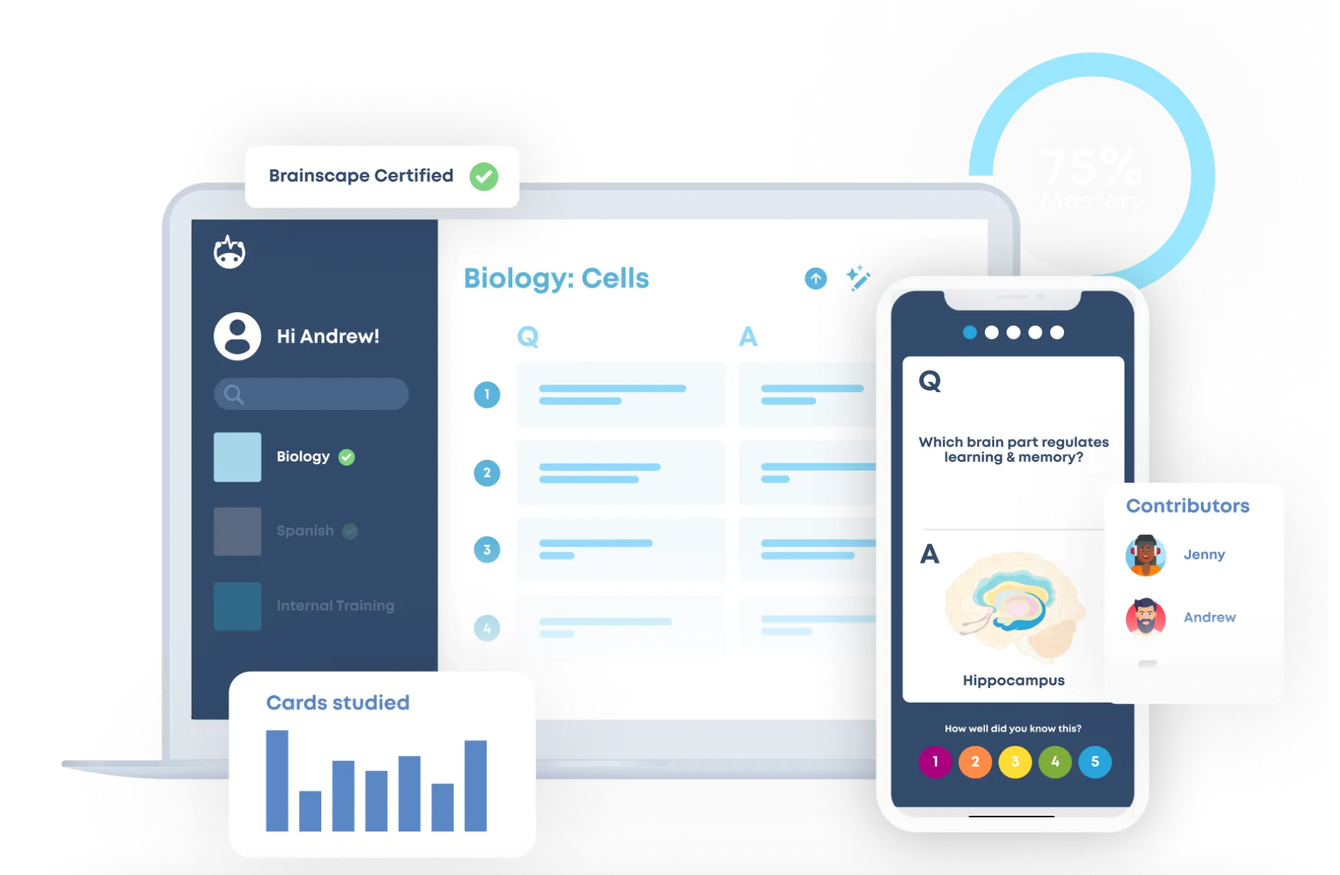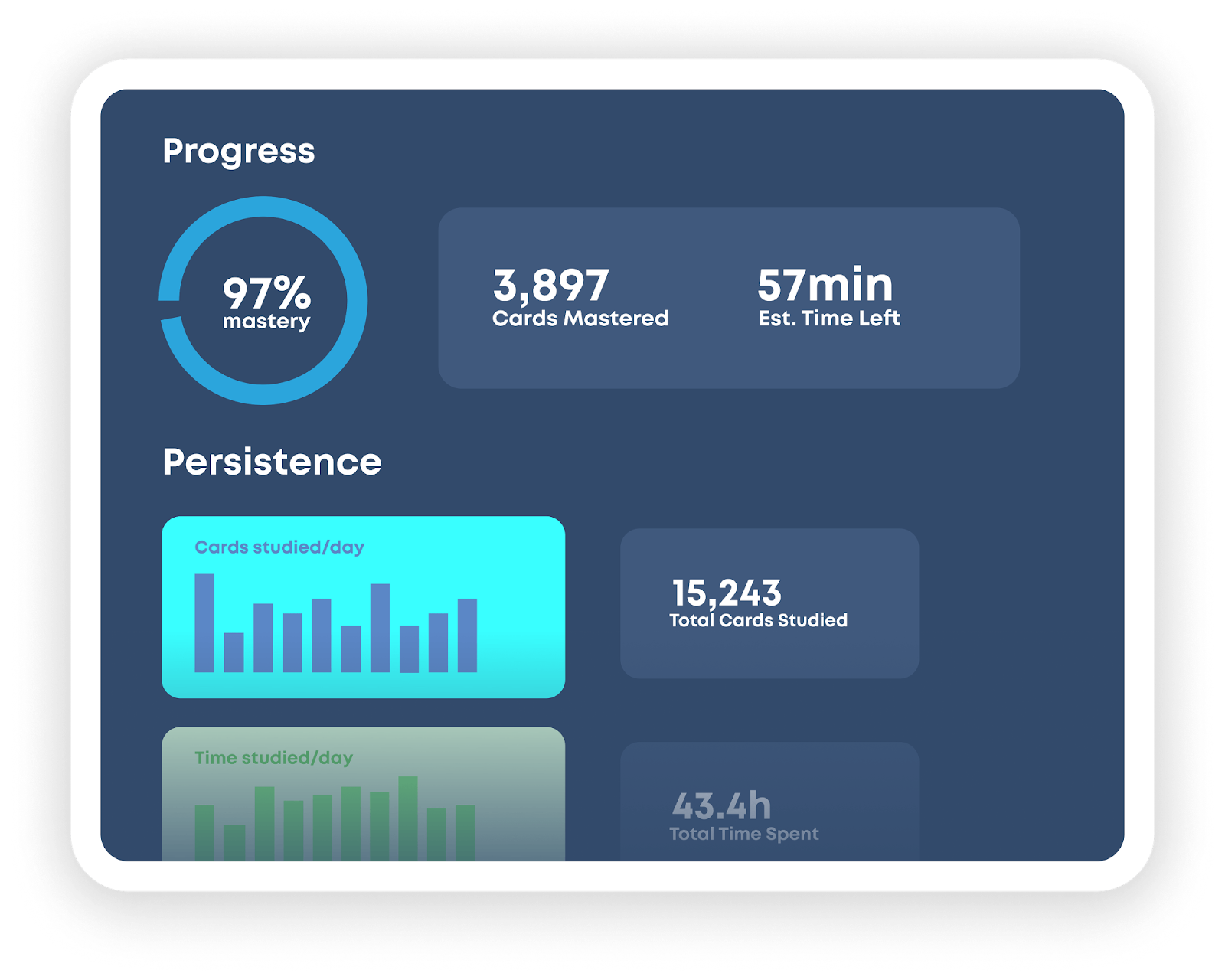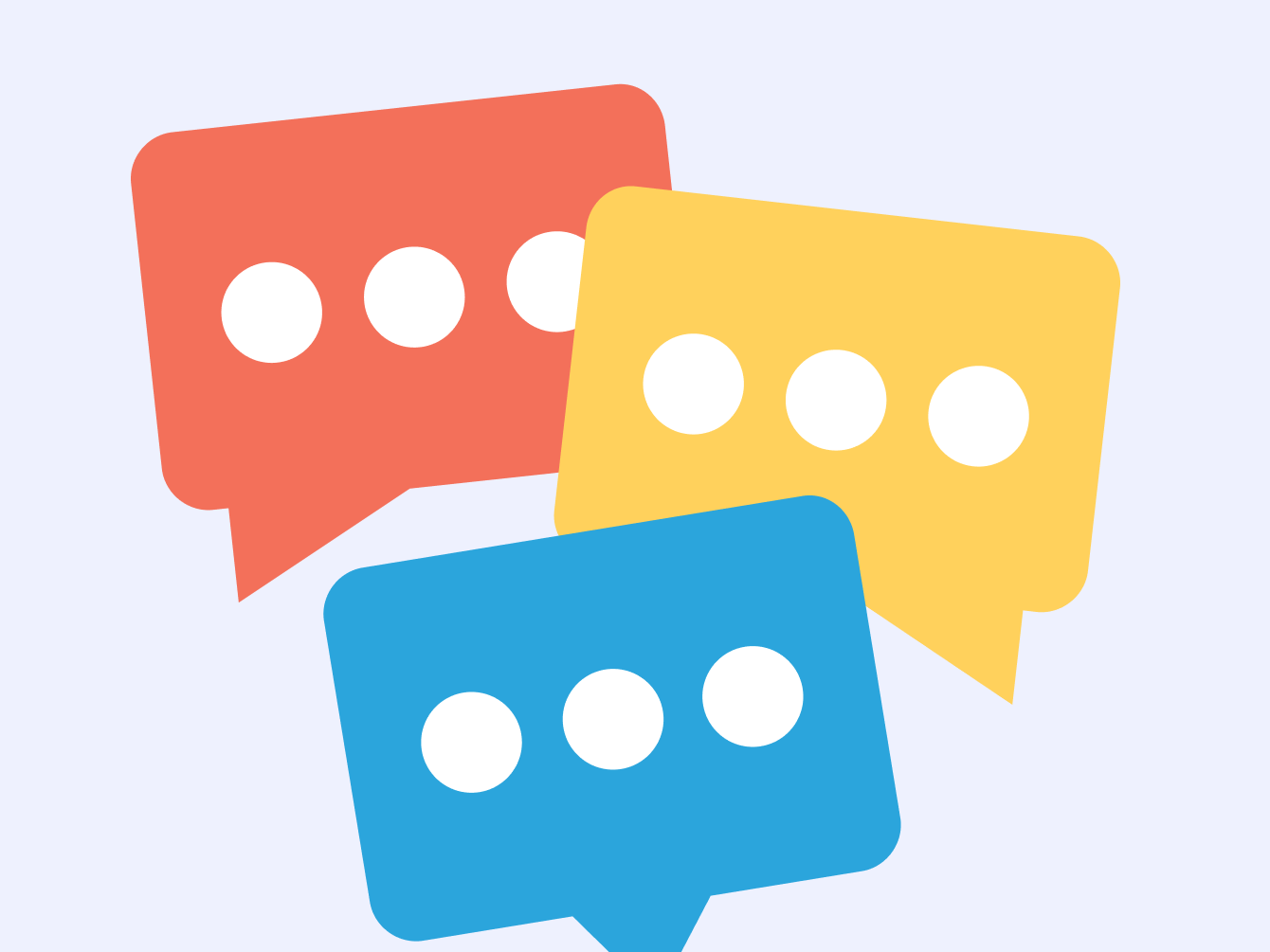If you’ve ever tried to eat clean while your roommate hoovers down Doritos, you already know: willpower is overrated. The same goes for quitting smoking when all your friends still light up, or trying to maintain an exercise regime without a gym buddy or fitness instructor to kick your butt on your bad days.
We like to think we’re paragons of self-discipline, but when left to our own devices, most of us are tragically persuadable, especially by the nearest couch or snack.
Here’s the thing: it’s not that you’re weak. It’s that your brain evolved for tribe life, not solitary confinement. When no one’s watching, your inner sloth wins every time. But when someone is watching (or cheering, or competing, or even silently judging), your motivation skyrockets. You perform better, you stick to routines, you remember more.
This is the strange and powerful force of social motivation: the way our drive to succeed intensifies when others are involved. Whether you’re a student grinding through flashcards for an upcoming test, a teacher rallying your class, or a lifelong learner just trying to stay on track, understanding this effect might be the key to finally outsmarting your laziest instincts!
What is Social Motivation?
Social motivation is the subtle psychological and biological force that makes us work harder when other humans are in the picture. Whether it’s the accountability of a study buddy, the buzz of a group challenge, or just wanting to impress your peers, social motivation taps into the most primal part of our learning machinery: our need to belong.
In the world of education, Social Motivation Theory suggests that we learn more effectively when our effort is socially recognized and connected to others (Wentzel & Miele, 2016; Ryan & Deci, 2020). Humans are wired to seek approval, contribution, and connection.
And when studying triggers those drives, our focus and persistence skyrocket.
Where Did the Idea of Social Motivation Come From?
The roots of social motivation stretch back to early social psychology. In 1898, Norman Triplett observed that cyclists rode faster when racing against others than when racing alone; the first recorded demonstration of what’s now called social facilitation.
Later, Robert Zajonc (1965) formalized this effect, showing that the mere presence of others can enhance performance on well-learned tasks (or increase anxiety on new ones). This insight opened the door to decades of research on how social environments shape effort, learning, and emotion.
Modern neuroscience has taken it even further: brain imaging studies show that social feedback activates the same reward circuits as food or money (Chevallier et al., 2022). In other words, your brain treats a teacher’s praise or seeing your name on a leaderboard like a little dopamine snack. Delicious.
How Does Social Motivation Work in the Brain?
Your brain is a deeply social organ. It constantly monitors others’ reactions to you, even when you’re not consciously aware of it. This tuning runs through two major systems:
- The Reward Network (Dopamine System): Social recognition triggers dopamine release, reinforcing the behaviors that earned that attention (even if it is publicly embarrassing yourself on TikTok). That’s also why sharing your progress or getting praise feels so good. It literally is a neurological reward!
- The Social Monitoring System (Medial Prefrontal Cortex): This brain region helps you evaluate how your actions fit within a group, driving both collaboration and accountability. It evolved because getting along with your tribemates was literally life or death. If you didn’t get along with everyone, you’d get kicked out the cave and become breakfast for something big, hairy, and sabertoothed.
When you combine these forces, you get the “I should probably try a little harder since people are watching” effect, a potent cocktail of motivation, mild anxiety, and reward anticipation that keeps you on your toes.
It’s the same reason Peloton classes, leaderboards, and streak counters are so addicting: the social visibility flips a motivational switch that solitary effort rarely does.
What Are the Key Components of Social Motivation?
Social motivation sits at the intersection of intrinsic (internal) and extrinsic (external) motivation, the sweet spot where you care deeply (intrinsic, internal) and others are paying attention (extrinsic, external). This sweet pie is divided by researchers into four overlapping ingredients:
1. Belonging
We’re social creatures. When we feel part of a group (a class, study team, or online learning community) we work harder to maintain that identity. Belonging fuels persistence.
2. Recognition
Positive feedback and visible progress light up the brain’s reward centers. Whether it’s a compliment from a teacher or a digital badge on a flashcard app, recognition reinforces productive behaviors.
3. Accountability
When you’ve told others your goals, failure feels public. That little twinge of social pressure (“my study group’s waiting for me”) can be a powerful behavioral nudge.
4. Healthy Competition
A bit of rivalry drives focus and effort, provided it’s balanced with cooperation. Competition among peers works best when it’s friendly, transparent, and growth-oriented (in other words, when it’s about improving yourself and not obliterating others).
Together, these four ingredients make studying a social experience rather than a solitary grind, thereby transforming motivation from “I have to study” into “I want to show up.”
Why Does Social Motivation Matter for Learning and Memory?

By now, I’m sure you’re already getting a firm sense of the answer to this question! Because social motivation doesn’t just make you feel more engaged, it literally improves how you learn. Here’s how:
- Increased Focus: Social accountability reduces procrastination and multitasking. You’re less likely to drift when someone else’s presence keeps you anchored.
- Deeper Processing: Discussion and teaching others force you to organize information, improving retrieval pathways in the brain (Fiorella & Mayer, 2016).
- Improved Retention: Shared experiences activate emotional memory networks, which strengthen long-term encoding.
- Sustained Persistence: Studying with others increases commitment over time, especially for challenging goals (Tan & Tan, 2021).
Even subtle social cues can help. One study found that simply believing others could see your progress increased effort and accuracy on cognitive tasks (Cañigueral et al., 2021). The presence doesn’t even have to be real! Your brain reacts to the idea of being seen.
Brains are so weird.
When Social Motivation Backfires (& How to Avoid It)
Of course, not all social studying is created equal. The same peer energy that keeps you accountable can also completely derail your focus. Studying with others is powerful, but it’s also loud, both literally and mentally.
When your brain is surrounded by conversation, distraction, and social cues, it has a harder time entering the deep focus state needed for memory consolidation. That’s why certain kinds of studying, especially memorization and retrieval practice, are best done solo, with full attention.
Think of social motivation as one tool in your learning toolbox, not the whole workshop. Use it strategically: to stay accountable, to exchange ideas, to challenge your understanding, but don’t rely on it for all your studying. True mastery often happens in quiet, focused repetition when it’s just you and your study materials.
The best kind of social study sessions are interactive, not duplicative. (Read this article on how to study in groups productively or watch this video...)
- Bring your problem areas to the table
- Discuss big concepts
- Debate tricky questions
- Explain the material aloud to each other.
That’s where group learning shines: in dialogue, not data entry.
Now, let’s look at my favorite (traditionally solo) study tool and explore ways in which you can incorporate a little social motivation to make it even more effective.
How Can Digital Flashcards Leverage Social Motivation?

Digital flashcards are actually a perfect laboratory for social motivation because they combine private learning with public accountability.
- Visible Progress: Many digital platforms (like Brainscape) let you track streaks, mastery scores, and study time, all of which are metrics you can compare and share with classmates. Seeing your effort quantified makes it feel real (and shareable).

- Collaborative Flashcard Creation: When students co-create decks, they divide cognitive load and take ownership of each section. That shared authorship increases both accuracy and engagement.
- Friendly Competition: Leaderboards or group challenges make recall practice feel like a game. The motivation to stay “on top” keeps study frequency high.
- Teaching Opportunities: Explaining and correcting flashcards for peers activates the Feynman effect: you solidify knowledge by teaching it.
Web and mobile flashcard apps like Brainscape, Quizlet, and Anki use these social-learning mechanics thoughtfully, balancing competition with collaboration so the motivation stays positive and productive.
How Can Educators Use Social Motivation?
If you're an educator, building social motivation into your teaching could be essential. Here’s how you can help:
- Encourage group study, projects, and assignments.
- Rather than you being the only source of feedback in the classroom, encourage students to critique or provide gentle feedback.
- Get students to collaborate on flashcard creation and editing.
- Highlight examples of students helping one another.
So, What’s the Takeaway?
Social motivation theory is why you hold your farts in around other people and why you don’t when you’re alone.
Just kidding!

Well, not really. I mean it’s true: we do tend to behave better around others and that’s the whole point! Social motivation is the reason classrooms buzz, gyms fill up, and study groups persist long after the caffeine runs out.
By understanding how our brains crave recognition, connection, and contribution, you can design study routines that use those instincts instead of fighting them.
- Make it visible: Track and share your progress.
- Make it social: Study with others, online or in person.
- Make it meaningful: Connect your learning goals to people you care about.
When you harness social motivation, studying stops being lonely work and becomes a shared pursuit of mastery.
References
Cañigueral, R., Ward, J., & Hamilton, A. F. de C. (2021). Being watched increases task performance through enhanced motivation. Scientific Reports, 11(1), 20245. https://doi.org/10.1038/s41598-021-99583-2
Chevallier, C., Grezes, J., & Molesworth, K. (2022). Social reward processing in the human brain: A meta-analysis of fMRI studies. Neuroscience & Biobehavioral Reviews, 136, 104629. https://doi.org/10.1016/j.neubiorev.2022.104629
Fiorella, L., & Mayer, R. E. (2016). Eight ways to promote generative learning. Educational Psychology Review, 28(4), 717–741. https://doi.org/10.1007/s10648-015-9348-9
Ryan, R. M., & Deci, E. L. (2020). Self-determination theory: Basic psychological needs in motivation, development, and wellness. Guilford Press.
Tan, S. L., & Tan, A. C. (2021). Peer learning and social motivation in higher education: A meta-analysis. Journal of Educational Psychology, 113(2), 228–244. https://doi.org/10.1037/edu0000473
Wentzel, K. R., & Miele, D. B. (2016). Handbook of Motivation at School (2nd ed.). Routledge.
Zajonc, R. B. (1965). Social facilitation. Science, 149(3681), 269–274. https://doi.org/10.1126/science.149.3681.269
